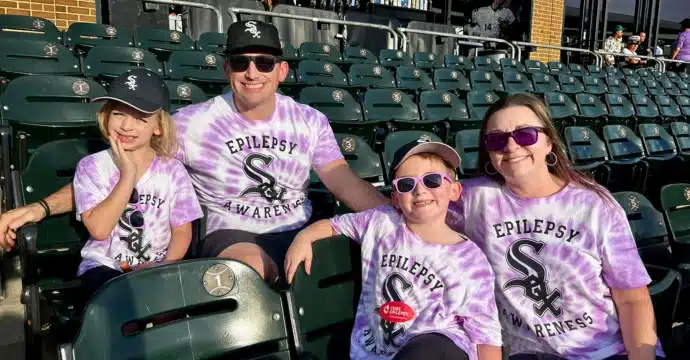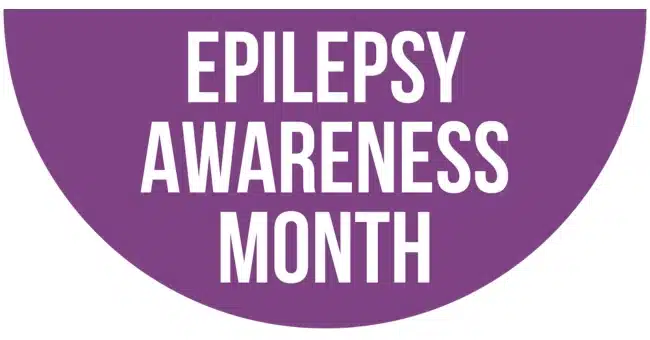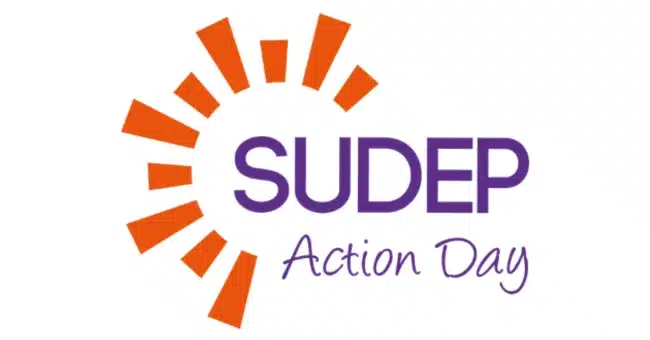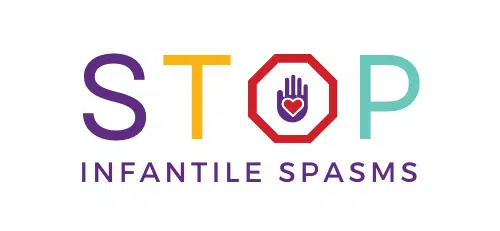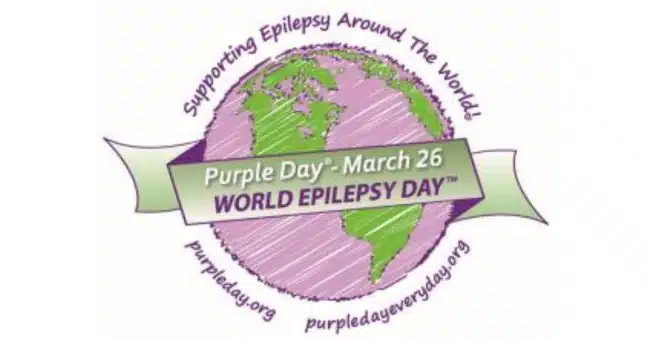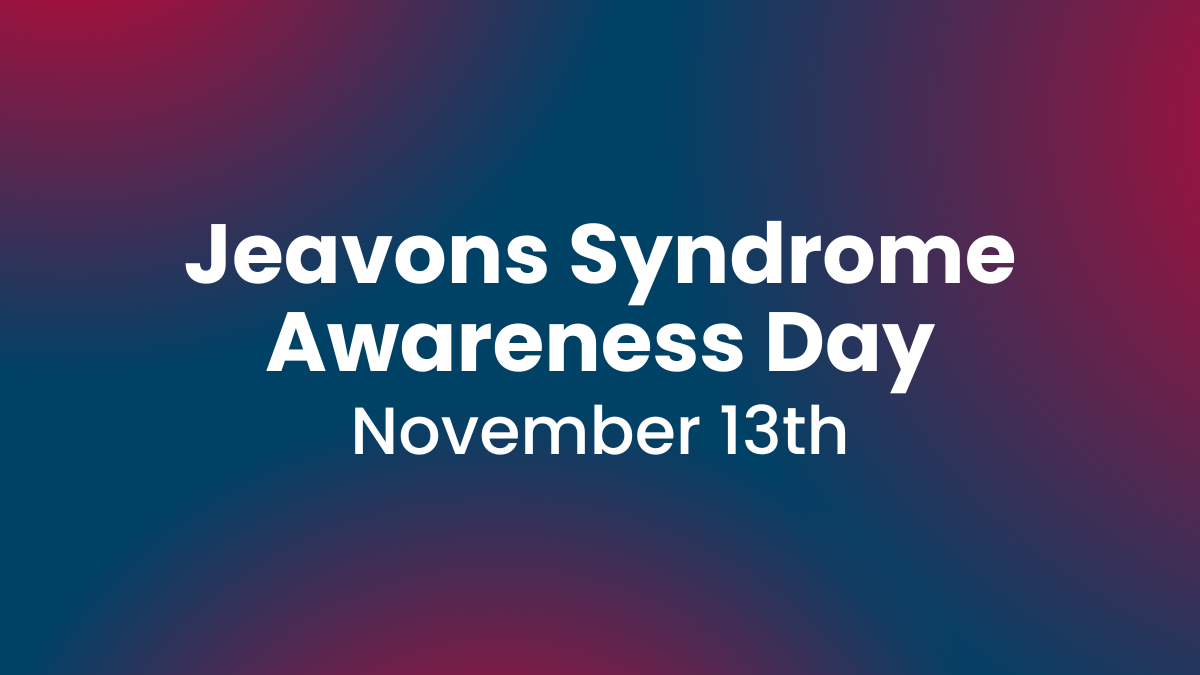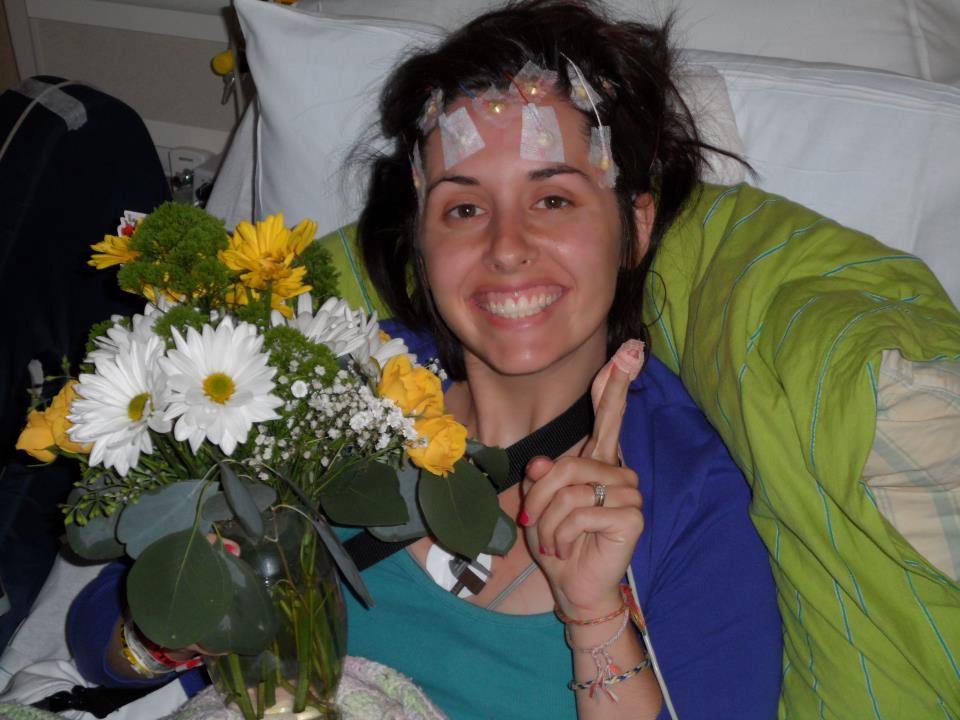Epilepsy Awareness Month
November is Epilepsy Awareness Month, a time when the epilepsy community comes together to raise awareness about how common epilepsy is, unite in battling the stigma too often faced by those with epilepsy, and reinforce the importance of funding research to find a cure.
Learn MoreSUDEP Action Day
Each year on the third Wednesday of October, the worldwide epilepsy community comes together for SUDEP Action Day, an international event to raise awareness about Sudden Unexpected Death in Epilepsy (SUDEP). SUDEP, perhaps the most devastating possible consequence of epilepsy, occurs when a seemingly healthy person with epilepsy dies for no known or obvious reason.
Learn MoreInfantile Spasms Awareness Week
Each year on December 1-7, a coalition of organizations (including CURE Epilepsy) recognize Infantile Spasms Awareness Week, a critical opportunity to raise awareness and educate the public about infantile spasms (IS).
Learn MorePurple Day®
Purple Day® is on March 26 and is an international grassroots effort dedicated to increasing awareness about epilepsy worldwide. Every year, people in countries around the world are invited to wear purple and host events in support of epilepsy awareness.
Learn MoreJeavons Syndrome Awareness Day
CURE Epilepsy is honored to have started this awareness day in 2023 to help shed light on one of the many rare epilepsies.
Learn MoreInternational Epilepsy Day
Every year on the second Monday of February people join together for International Epilepsy Day, to celebrate and highlight the problems faced by people with epilepsy, their families, and caregivers.
Learn MoreEpilepsy Awareness Day at Disneyland
This family-friendly event takes place annually in November and unites epilepsy patients, families, doctors, researchers, and organizations. This event includes a free 2-day expo that allows attendees to learn from some of the leading epilepsy professionals from around the US, as well as learn about the latest research, technological advancements, and epilepsy services available to those living with epilepsy and their loved ones.
Learn MoreInternational Women with Epilepsy Day
This day aims to raise awareness and support research dedicated to better understanding how women are uniquely impacted by epilepsy. Check out our page with resources for women and community stories.
Learn More




